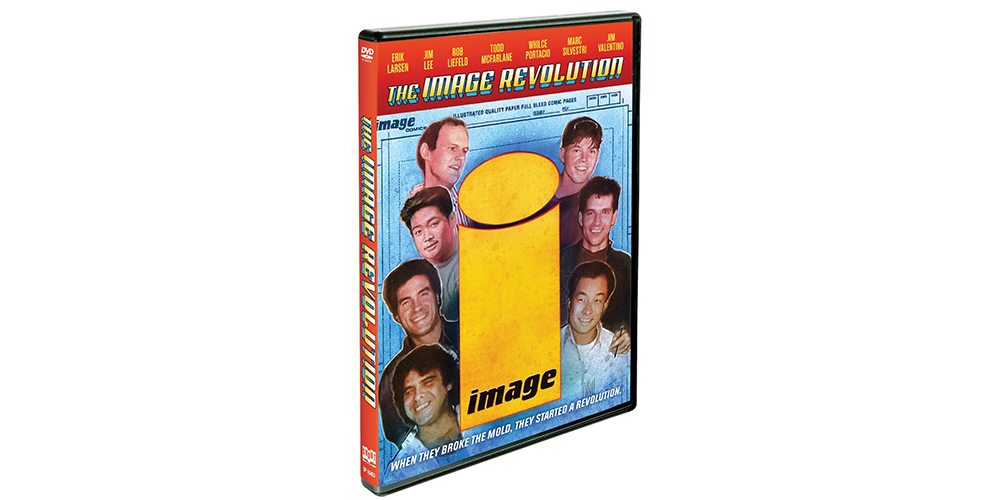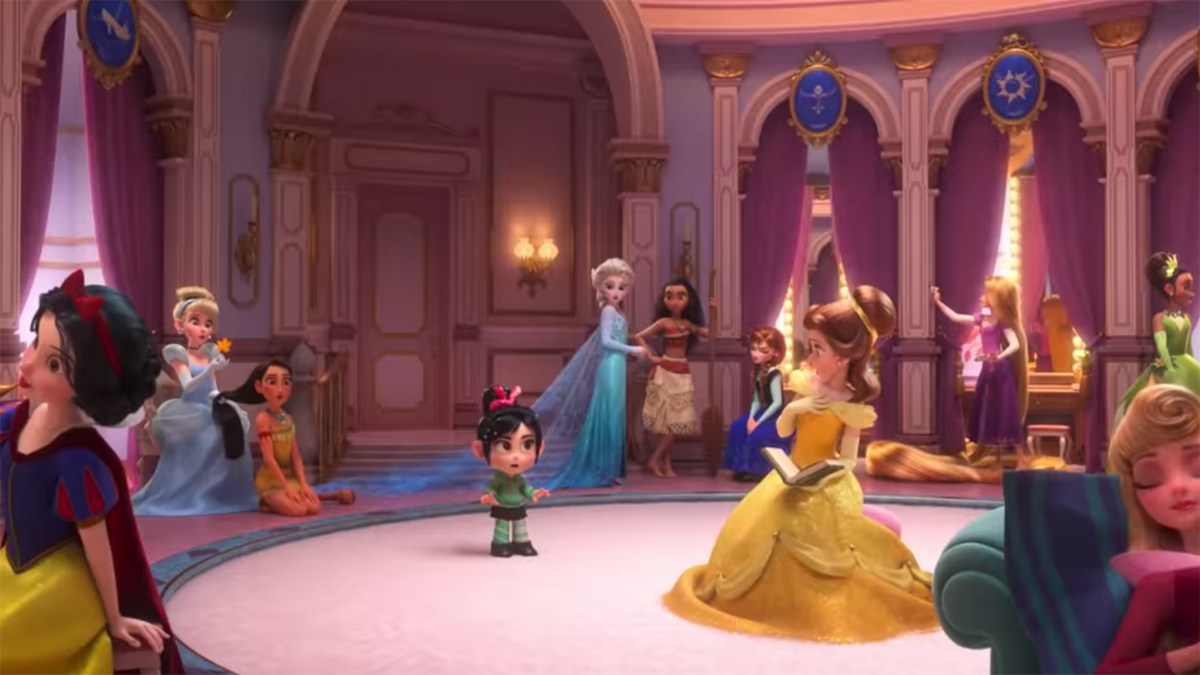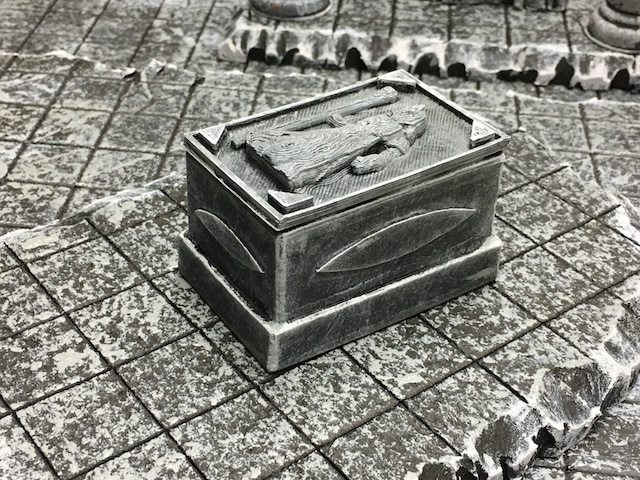
For those who came of age during the 1990s, comic book documentary The Image Revolution plays out eerily similar to flipping through a high school yearbook–equal parts amazing memories and embarrassing reminders. It opens with tales of past graduates, specifically Marvel innovator Jack Kirby and Superman co-creators Jerry Siegel and Joe Shuster, quickly highlighting the way in which each has been continually, systematically mistreated by the exploitative corporate structure of both the House of Ideas and its Distinguished Competition.
It then jumps headlong into 1992’s freshman class, a group of bright-eyed youngsters who struck out on their own in stark defiance of the big two’s status quo. There’s Todd McFarlane, as always putting on his very best John Bender; industrious class president Jim Lee; Erik Larsen as our resident stoic; most-likely-to-succeed Marc Silvestri; and walking haircut Rob Liefeld.
Other major players, specifically Image co-founders Whilce Portacio and Jim Valentino, also have a lot to say as the tale unfolds, but despite their considerable talent seem to get lost a bit in the narrative–likely due to a notable lack of bombast, especially when compared to the likes of McFarlane and Liefeld.
In a tidy runtime of 83 minutes, The Image Revolution manages to take viewers through the meteoric rise, unprecedented fall, and ultimate redemption of Image Comics, America’s first massively successful and truly enduring independent comic book publisher.
For those who lived through it–even those of us who were simply the fans on the sidelines–the watchword was “creator-owned.” In contrast to the work-for-hire practices of Marvel and DC, which meant that even new characters that sprang to life from the imaginations of its regular writers and artists belonged to the publishers rather than the creative staff, Image Comics came into existence to offer an altogether different path.
Other than its own moniker and iconic “i” logo, Image owned nothing. It’s the partner-creators (and, since that time, a brand new generation of talent) who would own all the characters, designs, and stories that they produced. Further, no partner could interfere either creatively or financially with the work of another.
Given the pedigree of its starting lineup, who’d each been making money hand over fist for Marvel and DC with little to show for it, this seemed like a recipe for a veritable explosion of top-flight content. So how did this bold experiment work?
In a word: phenomenally! The artists at Image continued to define the darker, hyper-masculine aesthetic of the ’90s comic book era.
But pride, as we’re so often reminded, goeth before destruction, and a high mind before the fall.
In the mid-1990s, a glut of toothless new titles pumped out by Image and their still-stunned competitors combined with the greed of an audience then seemingly composed more of speculators than genuine fans led to an industry crash. And in the resulting chaos Image itself splintered.
As you can imagine, some of these notable creative voices seem more willing to admit their folly than others. Modern day toy maven Todd McFarlane, undoubtedly the mouthpiece of the Image rebellion, seems to see himself as the eternal standard-bearer, still fighting the same perceived enemies even though he’s more likely tilting at windmills by this point. Still, even Rob Liefeld–whose grasp of both human anatomy and what constitutes an acceptable number of pockets and pouches in clothing design I, to this day, still relish mocking–manages to cop to the hubris of his youth… when he’s not favoring us with his McFarlane impression.
A third-act rescue at the hands of, among others, longtime Image cheerleader turned star quarterback Robert Kirkman certainly helps to sweeten the story. As does the slow but sure return of the Image Comics old guard back to the team. But what I found most rewarding was hearing the story told–in all its nuanced subjectivity–from those who lived it.
All things considered, you couldn’t likely ask for a better recent-history comic doc than The Image Revolution. The tale it weaves through a hodgepodge of industry interviews, archival footage, relevant comic panels lifted from Image’s original golden era, and some specialty animation to tie it all together thematically is both strong and satisfying. Even when it makes you question the fashion sense of an entire generation.
Packaged in a simple clamshell with a bright, evocative illustration–And let’s be honest here; it should’ve come festooned with extraneous Liefeld-esque pockets!–the presentation is rather middle-of-the-road. The same can be said for the disc’s bonus features, which are limited to extended interview footage.
But even that being said, this is a very particular documentary for a very particular audience. Longtime comic book fans will adore a deeper dive into the thoughts of industry giants like Lee and Silvestri, not to mention new school heavy-hitters like Kirkman and (my personal favorite) Fiona Staples.
Directed by Patrick Meaney and presented by pop culture powerhouse Shout! Factory, The Image Revolution is set to release on January 12th, and I highly recommend you make it your first documentary of the new year.
Review materials provided by: Shout! Factory



